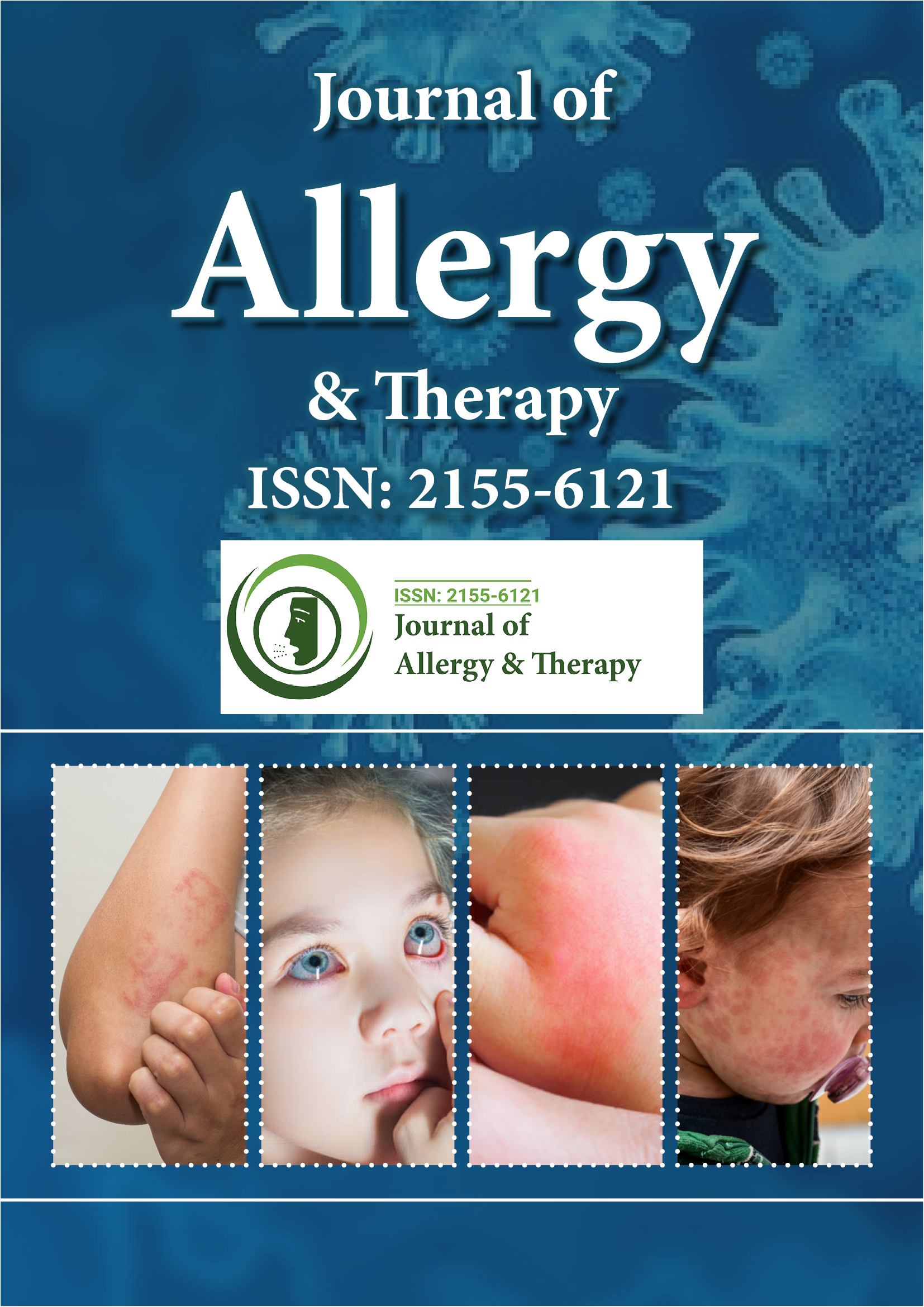indexado en
- Base de datos de revistas académicas
- Abrir puerta J
- Genamics JournalSeek
- Claves Académicas
- DiarioTOCs
- Infraestructura Nacional de Conocimiento de China (CNKI)
- Directorio de publicaciones periódicas de Ulrich
- Biblioteca de revistas electrónicas
- Búsqueda de referencia
- Universidad Hamdard
- EBSCO AZ
- OCLC-WorldCat
- Catálogo en línea SWB
- Biblioteca Virtual de Biología (vifabio)
- Publón
- Fundación de Ginebra para la Educación e Investigación Médica
- pub europeo
- Google Académico
Enlaces útiles
Comparte esta página
Folleto de diario

Revistas de acceso abierto
- Administración de Empresas
- Agricultura y Acuicultura
- Alimentación y Nutrición
- Bioinformática y Biología de Sistemas
- Bioquímica
- Ciencia de los Materiales
- Ciencia general
- Ciencias Ambientales
- Ciencias Clínicas
- Ciencias farmacéuticas
- Ciencias Médicas
- Ciencias Veterinarias
- Enfermería y Cuidado de la Salud
- Genética y Biología Molecular
- Ingeniería
- Inmunología y Microbiología
- Neurociencia y Psicología
- Química
Abstracto
Aspectos dermatológicos de una misión humanitaria
Róbert Késmárszky, Anna Jakkel y György Szabó
Antecedentes: Los pacientes con patologías dermatológicas representan una población importante, especialmente en los países en desarrollo. Los aspectos cosmetológicos son importantes. Objetivo: Determinar la incidencia y la epidemiología de las enfermedades de la piel durante una misión humanitaria. Métodos: Se examinaron 679 pacientes que acudieron a nuestras consultas médicas generales. Los datos de los pacientes se registraron para su análisis retrospectivo. Los casos raros y difíciles se discutieron sistemáticamente durante la consulta. Las historias clínicas de los pacientes se correlacionaron con las fotos correspondientes. Resultados: El origen étnico de los pacientes fue diferente. La mayoría de nuestros pacientes eran menores de 50 años. Los problemas dermatológicos representaron una motivación importante para la consulta, a saber, el prurito y las lesiones cutáneas. La incidencia fue mayor cuando también se consideraron los hallazgos y las quejas secundarias. Además de la sarna, la micosis y las patologías tropicales, los problemas de cicatrización representaron una importante demanda cosmetológica. Conclusión: Nuestro trabajo demostró una alta incidencia de patologías dermatológicas, lo que muestra la importancia de los problemas de salud pública, la detección y una importante necesidad de tratamientos cosmetológicos. Debido a la migración, los cambios climáticos y las misiones humanitarias, la manifestación y la aparición de las patologías dermatológicas pueden ser diferentes. Los proveedores de atención médica deben tener un conocimiento profundo de las patologías adquiridas en la comunidad y tropicales.